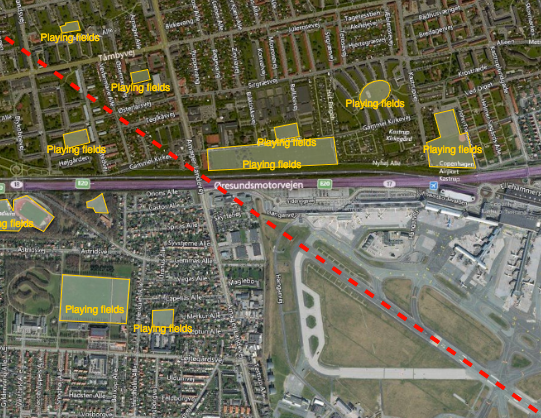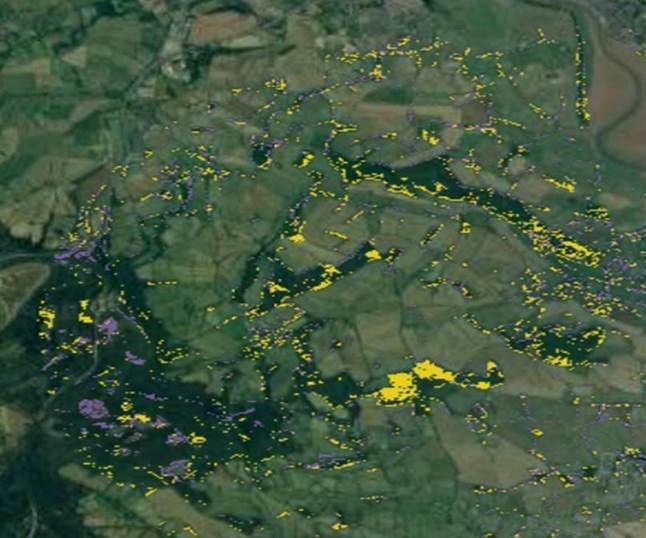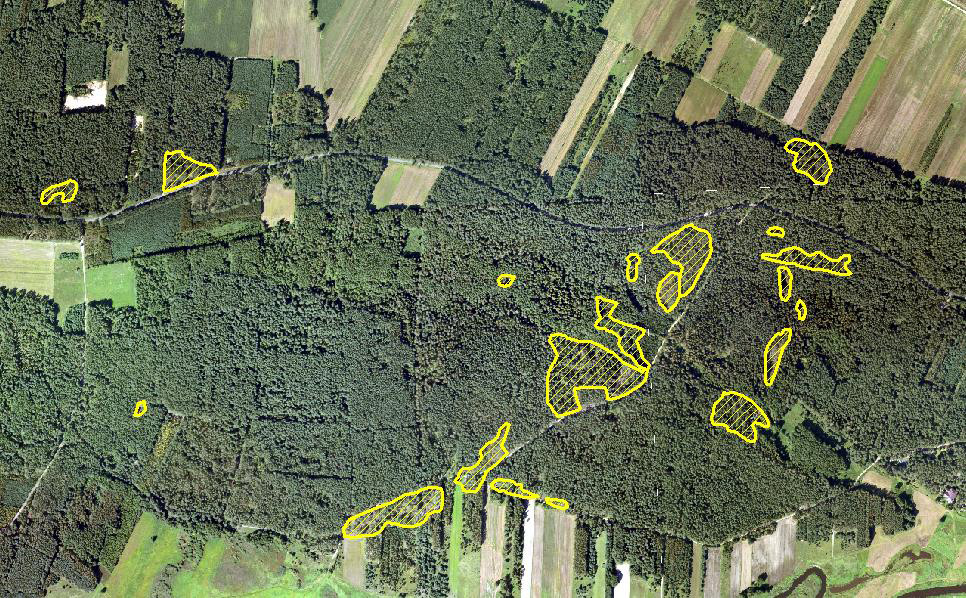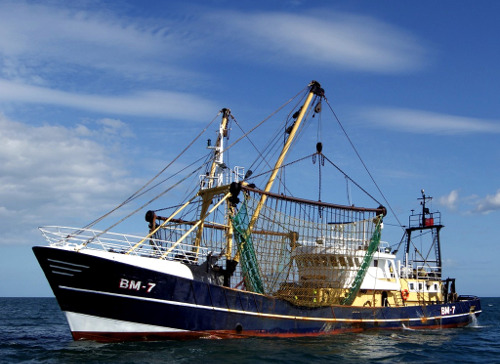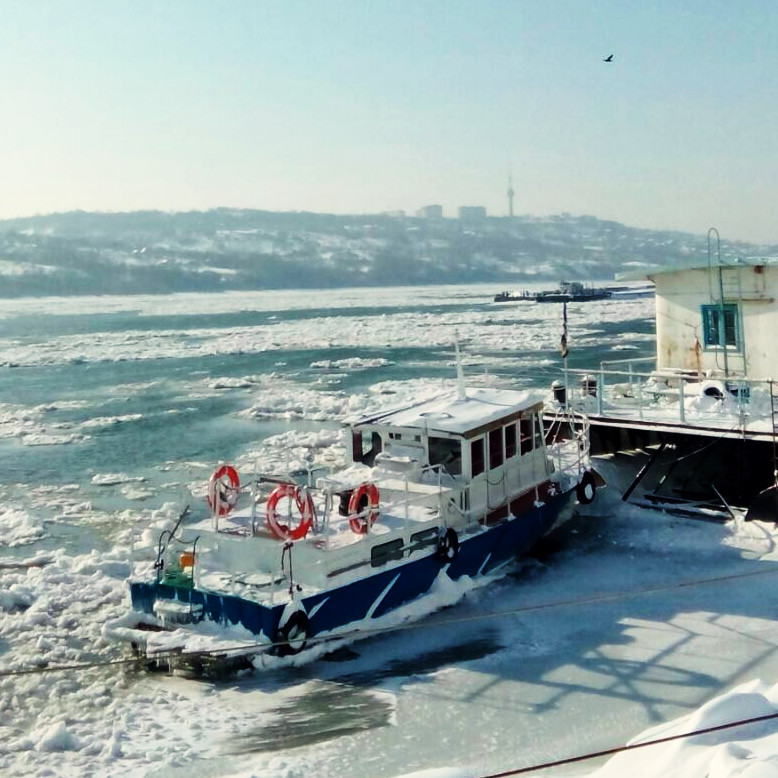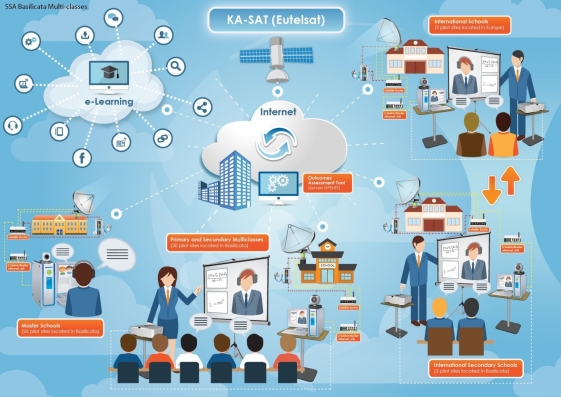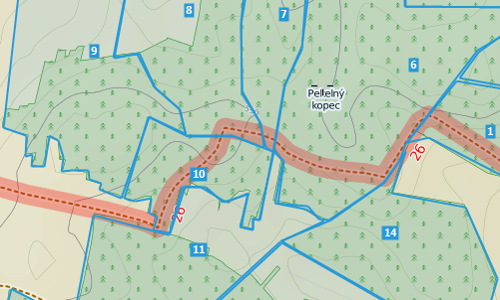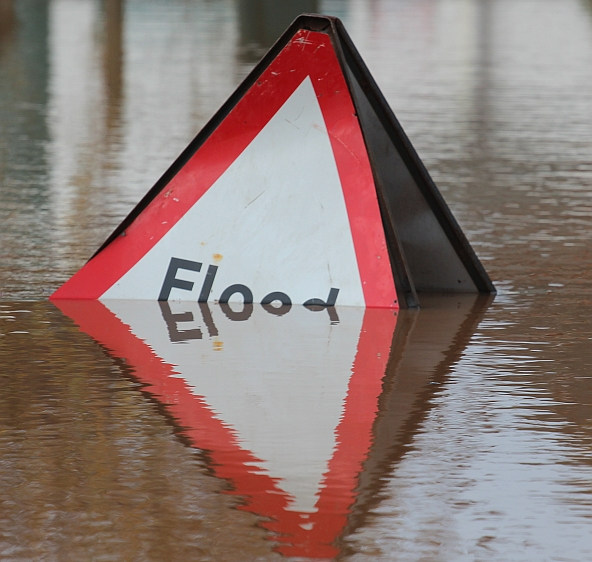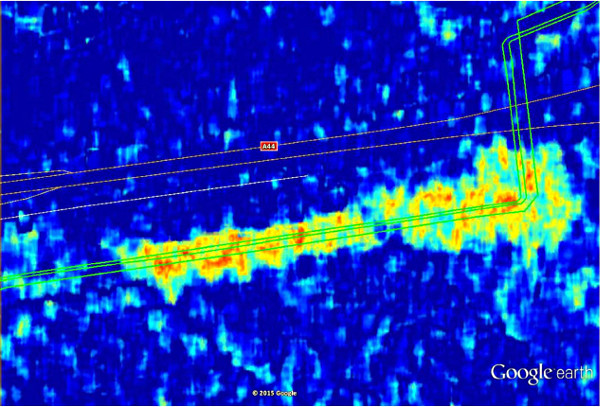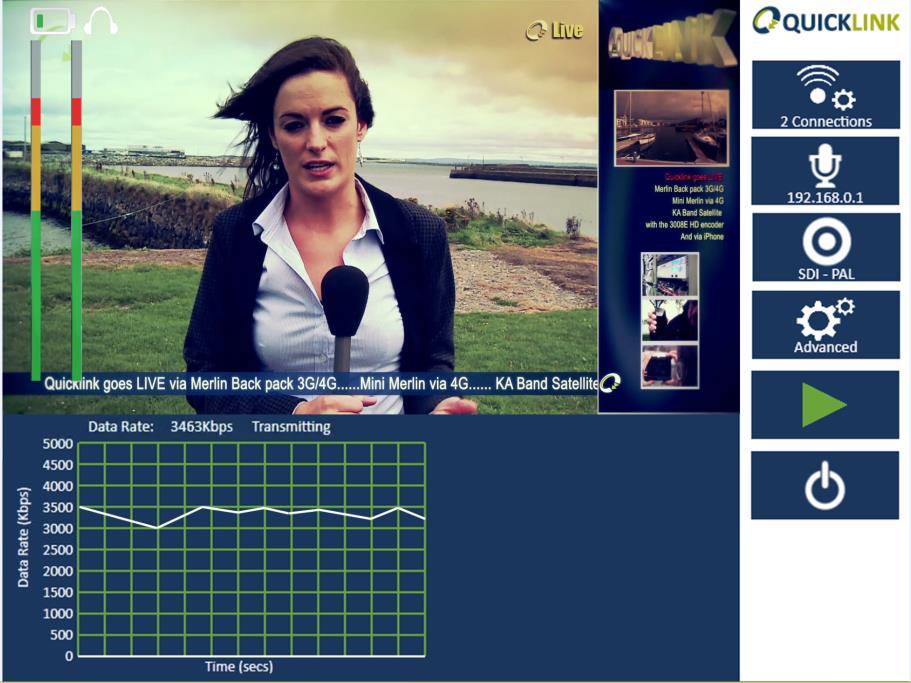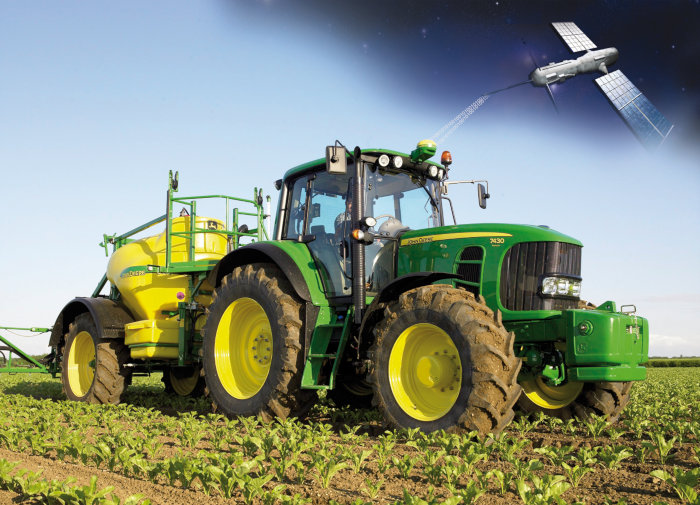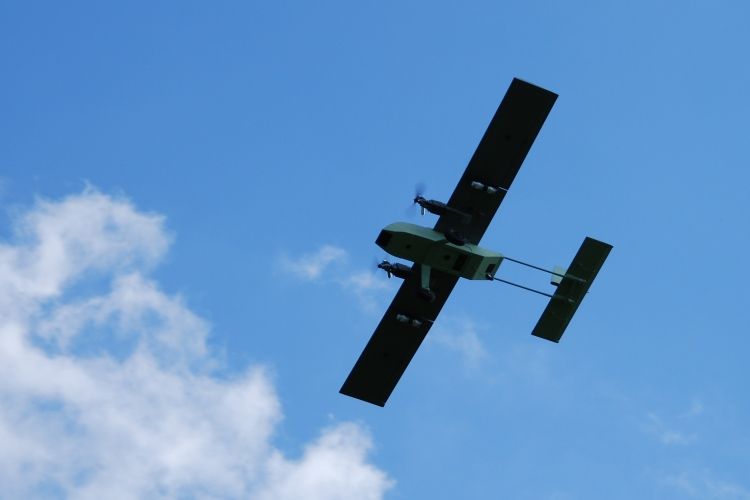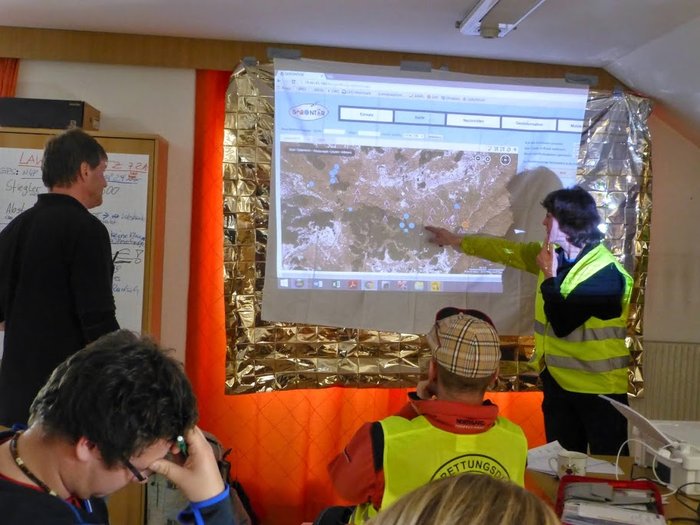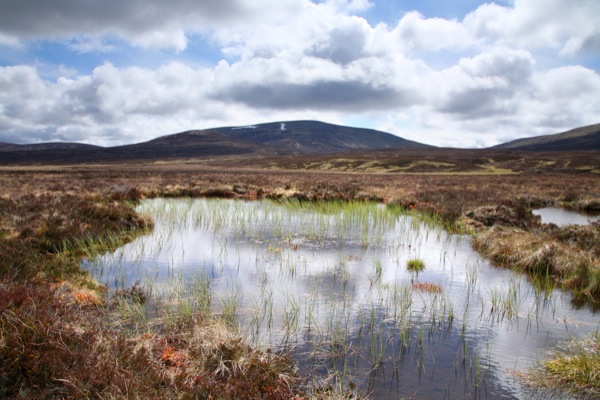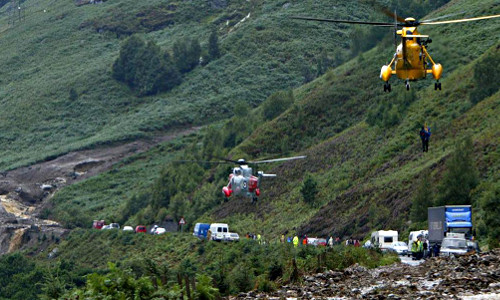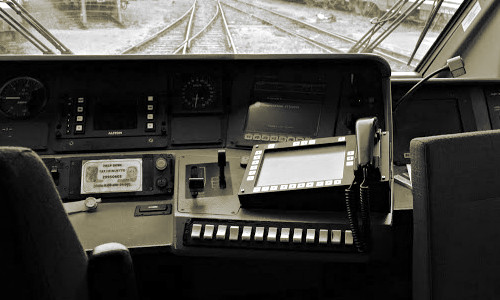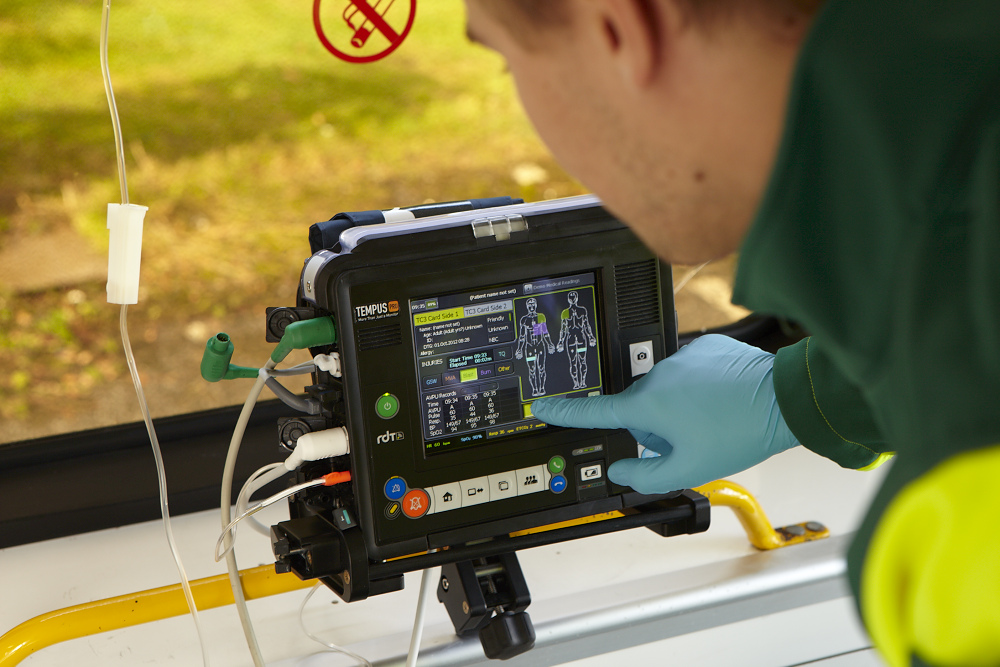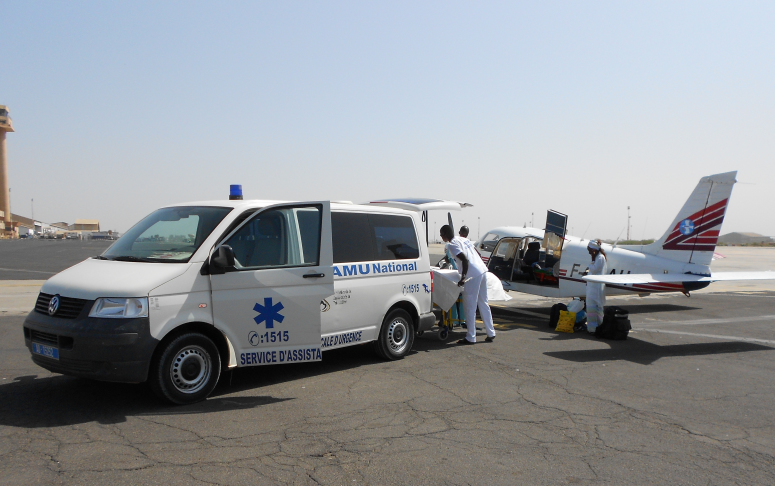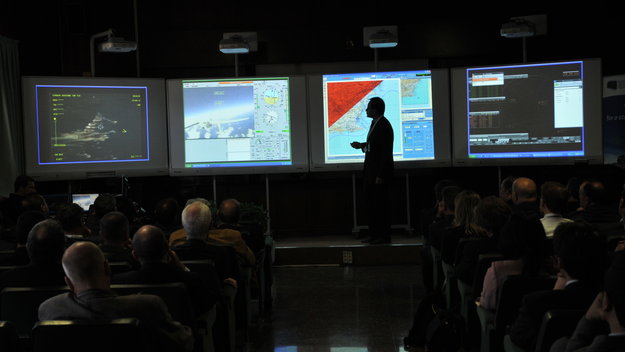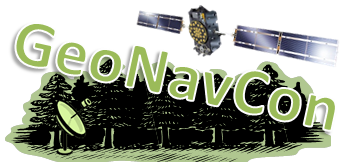Reducing the risk of bird strikes using satellite images and Ascend’s Normalised Difference Water index software (NDWI)
BROWSE PROJECTS
Based on user needs and industry skills, the evolution of customized solutions and the establishment of innovative services is accomplished through project activities. Focusing on various thematic areas, relevant information on the project activities is provided below.
FruitLook
Status date: 17 August 2012
Water is a critical resource in South Africa, which challenges the agricultural sector to reduce irrigation water consumption while keeping production sustainable. Adequate information on the crop water, growth and nutrient status is crucial to improve water management.The FruitLook pre-operational service demonstrates to Western Cape grape and deciduous fruit farmers the benefits of integrated satellite technologies in their daily water and farm management.
BALMON
Status date: 26 March 2014
The BALMON project aims to provide an extensive, well-justified assessment of technologies, services and development needs that will support and enhance the efficiency of water quality monitoring and coastal surveillance activities in the Baltic Sea region.
WIMS
Status date: 02 June 2016
Using a variety of space applications to improve and streamline the maintenance and monitoring regimes of the water industry within the UK.
OWASIS-NL
Status date: 17 November 2016
How can water management authorities, agro food industries and multi-national industries benefit from improved information on water availability?
The OWASIS-NL feasibility study investigated innovative services that help water managers to make more efficient use of the available water and to reduce the risk of flood and drought damage.
GrapeLook
Status date: 17 August 2011
This project focuses on the operational monitoring of crop water and nitrogen use of vineyards in the Western Cape province of South Africa. Based on the daily management of irrigation water resources and on-farm nitrogen by means of satellite remote sensing technologies, satellite communications and satellite positioning the project aims to assist various end-users.
INTOGENER Feasibility Study
Status date: 08 November 2011
INTOGENER is a feasibility study for the implementation of a water flow monitoring and prediction system aimed at hydropower production and water management organizations. The study is supported by ENDESA, a Spanish utility with a leadership position in South America.
Salt Water Surface Water Monitoring
Status date: 16 July 2015
BlueLeg Monitor (BLM) from the Netherlands investigates the use of its proprietary remote sensing technology for water quality monitoring in aquaculture. In particular Hazardous Algal Blooms create serious damage to aquaculture by incidentally suffocating fish and the release of toxins. This tendency is expected to increase as a result of global warming and nutrients run off into surface water, as well as by transport of invasive species of algae due to the release of untreated ballast water from ocean ships.
WATERLENS
Status date: 04 September 2015
Feasibility study for new water infrastructure management services using space assets.
OWASIS-UK
Status date: 02 October 2015
OWASIS – UK is a Feasibility Study aiming at developing a sustainable service line improving the monitoring of water availability, quality and distribution by integrating satellite images and innovative terrestrial sensors and information technologies.
This study focuses on the UK market and it targets all types of user groups such as industrial users, public water authorities or regulatory organisms.
GeoNavCon
Status date: 09 February 2016
The objective of the study is the concept preparation for the development of integrated services based on satellite navigation, satellite communication and earth observation technologies to improve availability, accuracy and integrity of position determination, data communication and geo-information for users in remote and constrained environments in the forestry domain.



